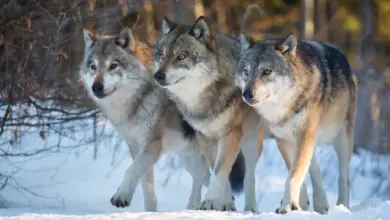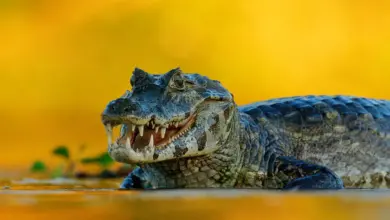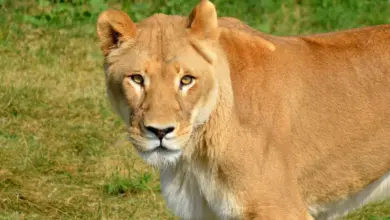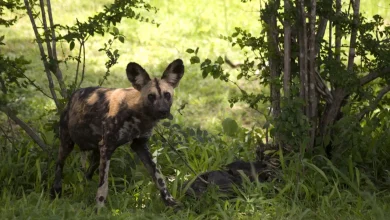What Eats Skunks?
What Eats Skunks? What Do Skunks Eat?
Introduction
Skunks are amazing animals that have adapted to a variety of settings. They are recognizable by their unique black and white coats and infamous smell glands. Skunks are not unbeatable, even with their powerful defence mechanism and strong scent.
Skunks are prey for numerous powerful adversaries in the complex web of predator-prey relationships. Nature has a method of maintaining the equilibrium of its ecosystems.
Skunks function as prospective prey for various predators and scavengers in the vast theatre of the wild. The array of animals that like skunk cuisine is astonishing and varied, ranging from crafty mammals to magnificent prey-seeking raptors.
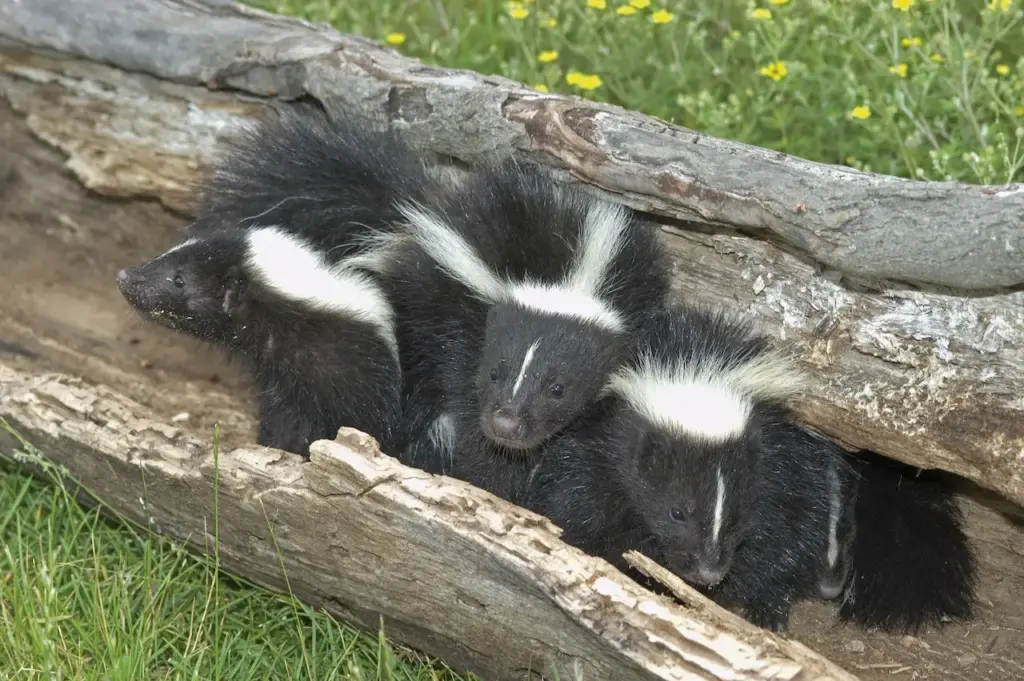
In this article, we will dive deep to learn about some predators that hunt skunks for the sake of their meal. Knowing the skunks’ predators reveals the intricate workings of the natural world and emphasizes the precarious balance throughout ecosystems.
Predators Of Skunks
Bobcats
A medium-sized wild cat called a bobcat gets its name from its characteristic bobbed tail. Nearly the whole contiguous United States is home to these ferocious hunters.
Moreover, unlike foxes, these crepuscular mammals are wholly carnivorous. Additionally, they would instead seek food than scavenge it.
Like most other predators, bobcats do not actively hunt skunks. They prefer rabbits to most other types of prey. But bobcats have been observed consuming skunks.
Now, let’s examine bobcat hunting techniques. With a peak speed of thirty miles per hour, they often pursue prey in brief spurts. Then they will pounce, just like foxes. Bobcats have a remarkable vertical leap and are also outstanding leapers. Indeed, it has been seen that bobcats can pluck swooping birds from the sky.
Bobcats have a strong preference for eating smaller animals. Being barely 30 to 40 pounds, bobcats don’t pursue larger animals until necessary; they only hunt larger animals in times of extreme need.
Skunks are tiny, slow-moving animals that bobcats love to hunt. Their spray is, of course, the only thing that deters. Bobcats have a keen sense of smell, although depending more on their eyesight and hearing than any other senses.
Bobcats hunt skunks by creeping up and rapidly jumping on them. They can dodge the spray if they hit fast enough.
Sadly, bobcats are not immune to the dog-eat-dog world we live in; in fact, bobcats are eaten by some predators, including the one who will be discussed next.
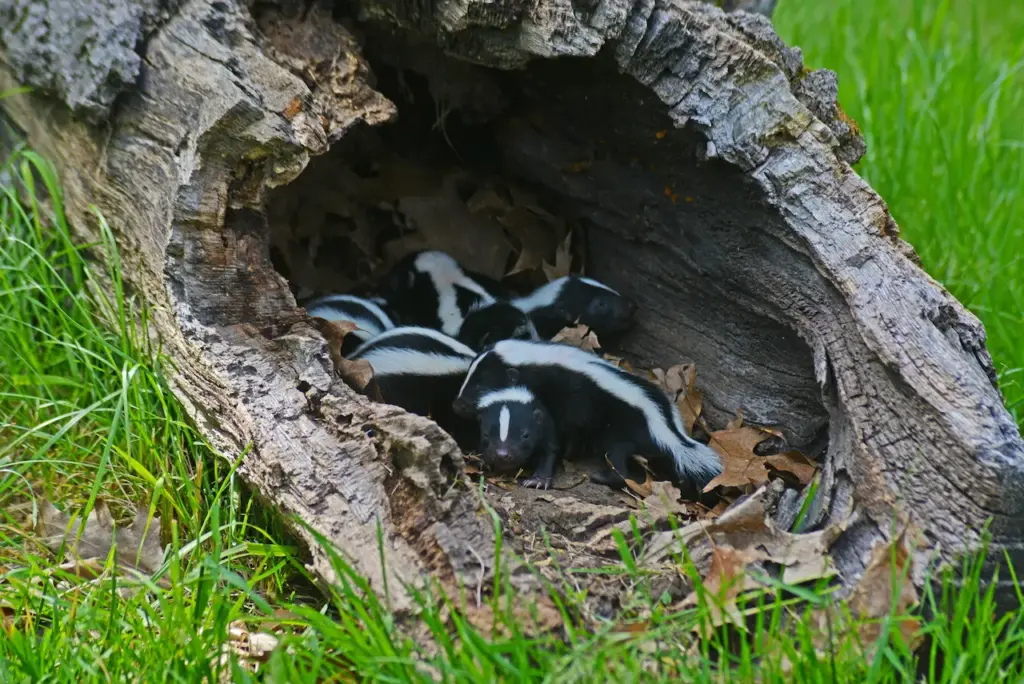
Cougars
Some of the most giant predators in the United States are cougars, often called pumas or mountain lions. These creatures inhabit both North and South America.
Unlike cougars, which are often crepuscular or functioning at dawn and twilight, these cats may be active throughout the day or night. Therefore, skunks who go outside during the day to evade predators might still run across a hungry cougar.
These are large cats; cougars have been known to weigh up to 220 pounds and reach lengths of over 8 feet. They also have extensive tastes in line. Cougars prefer to eat deer as carnivores, although they will also eat sheep and elk.
Skunks are among the largest predators, after all, and they do like the occasional feast. Along with other small animals and birds, they will consume porcupines, raccoons, and rabbits.
Cougars stalk their prey by using cover to seek silently until they feel ready to attack. During this period, skunks may be disadvantaged because of the cougar’s superior strength and speed over little skunks.
Nevertheless, even formidable predators such as cougars have their limits. Skunks have been known to frighten cougars away by raising their tails and threatening to spray.
Badgers
Given that badgers are known to consume skunks, the intimate relationship between badgers and skunks must make family gatherings uncomfortable.
In actuality, badgers and skunks have a lot in common. Like their skunk cousins, most badger species are tiny and low to the ground, with faces striped in black and white. Additionally, they are primarily nocturnal.
Like skunks, badgers are omnivores that consume giant insects, berries, leaves, small rodents, and frogs. On the other hand, skunks prefer to scavenge and forage, but they are also hunters.
Badgers are known to work in tandem with coyotes since they are such fierce predators. Badgers and coyotes may sometimes hunt together in warmer months, according to the U.S. Fish & Wildlife Service.
However, why is this the case? As was previously said, coyotes may reach peak speeds of forty miles per hour. However, badgers make excellent diggers. Utilizing their respective advantages, the two cooperate: badgers dig for prey, while coyotes pursue and catch it.
This is terrible news for creatures like skunks, particularly skunks waiting for their spray to refill in their lair after running out.
In the winter, skunks are particularly vulnerable to badgers. Skunks spend winter within their dens, occasionally going into torpor, a low-activity state. On the other hand, badgers continue to hunt throughout the winter, except for icy days.
During these periods of low activity, badgers may dig skunks right out of their burrows since they are skilled diggers. Badgers seldom give up, which is why “badgering” refers to wearing someone down.
Great Horned Owls
Large and intimidating, great horned owls feed on various tiny animals. Great horned owls are the model for many widely used decoy owls, such as this Dalen Fake Decoy Owl.
One of the largest owl species in North America is the great horned owl. Its extensive range includes grasslands, marshes, woods, deserts, and cities. It is also one of the most frequent owls. Their formidable hunting techniques are the reason for their success.
Their food consists of a variety of more giant creatures such as ducks, geese, larger-than-life raptors like ospreys and peregrine falcons, and smaller prey like frogs, rodents, and insects. Yes, great horned owls do consume other birds of prey.
From above, great horned owls detect their prey. They swoop down and grapple when they have locked onto a mark. Owls can swiftly grasp and devour smaller prey, such as rodents. Their powerful talons, which need 28 pounds of effort to open, are the reason for this.
The great horned owl is quite tricky to avoid. Skunks are one of their favourite diets; the great horned owl is the only predator that actively hunts out skunks.
Skunks mostly rely on their spray as a form of protection. A predator should ideally only have to sniff them once to have a wrong opinion of skunks. However, great horned owls are not repulsed since they are olfactory animals.
Great Horned Owls don’t have a very selective diet like coyotes. According to the Bureau of Land Management, the great horned owl’s prey list includes over 250 species.
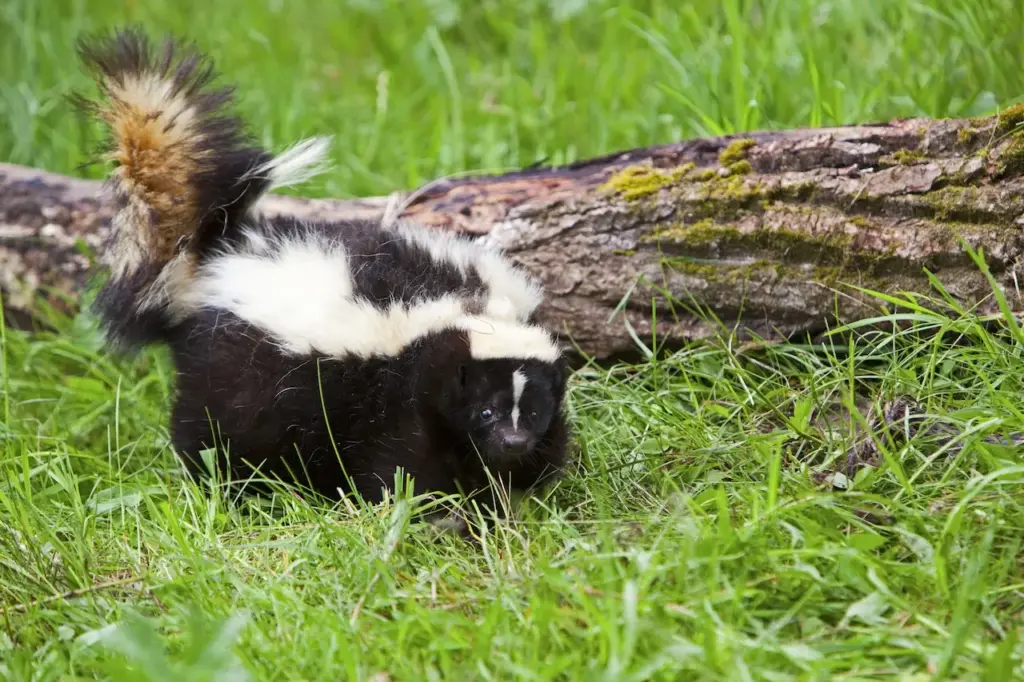
Conclusion
The skunk appears as a food for a variety of predators as well as a scavenger in the complex web of nature, in which each species has a distinct job to do. Discovering these predators’ gastronomic inclinations illuminates the intricate equilibrium regulating ecosystems.
Every predator, from the sly fox to the powerful owl, is essential to preserving balance in the natural world.
Upon the culmination of our investigation into “What Eats Skunks,” it is evident that surviving in the natural world is a dynamic and always-changing struggle. Equipped with unique smell organs, skunks survive in a world where flexibility is essential. In turn, the predators demonstrate their complex tactics to ensure their survival.
In turn, the predators demonstrate their complex tactics to ensure their survival. Skunks and their predators perform their parts precisely in this immense theatre of life, in which nature itself writes the script.

